The constellations that we know are patterns of stars in the sky, often shaped like animals or characters from legends. While these patterns are extremely useful for learning your way around the sky, and for use in navigation on the Earth, these constellations are the shapes that people make in the random patterns of stars in the sky.
Tag: Science (page 1 of 2)
In this activity students will explore the differences between day and night on the Earth by comparing nocturnal and diurnal animals. They will investigate how day and night occur on the Earth using a simple model, and see how people and animals living in different parts of the planet experience different times of the day.
Constellations are patterns of stars in the sky. While these patterns are extremely useful for learning your way around the sky, and for use in navigation on the Earth, these constellations are not physical groupings of stars. We see the patterns that we define as constellations because of the three-dimensional arrangement of stars in space.
Our Solar System contains the Sun, the eight planets, as well as numerous dwarf planets, many asteroids, and an unknown number of comets. Comets have often featured in historical accounts as portents of doom or disaster (one features in the Bayeux Tapestry, for example), but the reality is that they are giant dirty snowballs. As they get close to the Sun they begin to warm, and some of the ice begins to turn to gas, creating the spectacular tails visible from Earth. This activity helps students to understand what comets are made of, and why they look the way they do in the sky.
Our Solar System contains the Sun, the eight planets, as well as numerous dwarf planets, many asteroids, and an unknown number of comets. Comets have often featured in historical accounts as portents of doom or disaster (one features in the Bayeux Tapestry, for example), but the reality is that they are giant dirty snowballs. As they get close to the Sun they begin to warm, and some of the ice begins to turn to gas, creating the spectacular tails visible from Earth. This activity helps students to understand what comets are made of, and why they look the way they do in the sky.
The Earth is our home in the Universe. Humans, animals and plants survive on the Earth because the conditions are ideal for life. Different animals and plants are adapted to survive in different environments. This activity introduces these ideas, and uses a practical activity to explore how rockets work.
The stars appear as dim points of light in the night sky, that vanish when the Sun rises. They are actually just like the Sun but are so far away that they appear very tiny and faint. Some stars are like the Sun, but some are smaller, some are larger, and they come in different colours. This activity allows students to explore the shapes and colours of stars.
The Moon is our nearest neighbour in the Solar System. While the Moon is shaped like a ball, that is not how we always see it in the sky. The Moon changes shape over a month. Sometimes it looks like a circle, sometimes it looks other shapes. This activity helps children recognise and name the phases of the Moon.
Landing is one of the most hazardous parts of any flight. Spacecraft try a number of ways to land safely, either on the Earth at the end of a manned mission, or on other worlds as part of robotic exploration missions. A good understanding of forces is essential to design and construct a safe landing system that protects both your spacecraft and its precious payload.
This activity uses touch boxes to illustrate some important characteristics of some Solar System objects and the differences between them. Children will be able to sense the differences in materials between several solar system bodies using everyday items as an analogy. This activity uses simple, easy to source materials, but the boxes do need to be assembled in advance.
© 2025 We Share the Same Moon
Theme by Anders Norén — Up ↑





